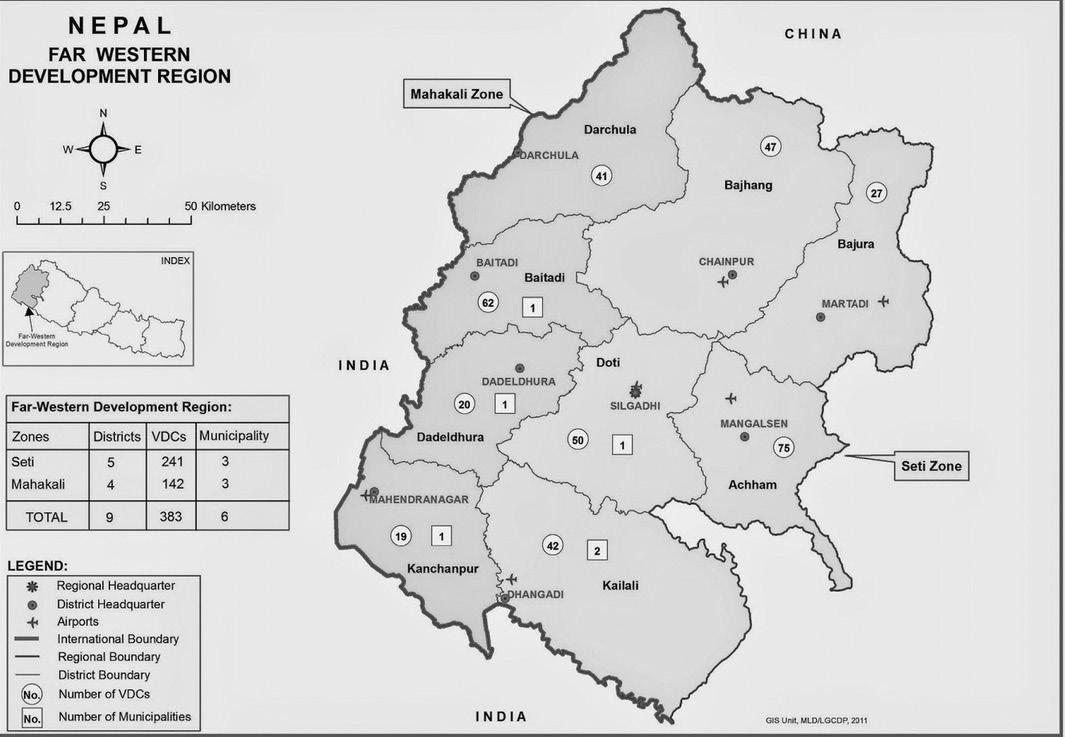voluntary and comes directly from the Arctic States; Norway contributing 42.5% of its budget each year.10 The insufficiency of funding of AC projects and functions stems from the organization’s founding, which established “voluntary subscriptions”11 given in support of various projects. The AC’s funding streams have yet become concrete, and the AC only recently published an overview in 2016 that “is very general” and is the “first attempt” to clarify the organization’s main funding streams.12
and the Sustainable Development Working Group (SDWG); and were created to generate research and knowledge about the Arctic region.14 These Working Groups are successful for reasons including: addressing indigenous groups in policy recommendations and creating of a forum to discuss future objectives in the Arctic. However, the structure of the Working Groups has been criticized but can be modified to ensure project follow-through and environmental security.
If the AC were to create a fixed budget for each Working Group, the projects would drive the funding instead of visa versa. This allows for research and environmental security to take place over the Chair or individual state’s ambitions. A fixed budget that derives from mandatory contributions from its members would support the overall efficiency of the AC in allowing Working Groups to propose projects with specific outlines and estimated project lengths. It also encourages Working Groups to continue to work with other organizations and communities that are publicly funded. This solution would not impede on any outside funding and projects.
Developed by Pekka Haavisto, an alum of the Finnish Institute of Foreign Affairs, a restructure of the Working Groups avoids the overlapping of research and knowledge gaps while favoring cost efficiency.15 After modifying Haavisto’s initial intentions for the restructure of the Working Groups, the most potential for Working Groups’ efficiency lies in the foundation of the surveillance and implementation functions. In the incorporation of the ACAP, CAFF, and AMAP Working Groups, the AMAP will work as the surveillance component while the ACAP and CAFF groups function as the implementation component. A merging of the EPPR, PAME, and SDWG would allow for deepening collaboration in research and response strategies.
APPROACH 2: Restructure of the Arctic Council Working Groups When the Arctic Council was established in 1996, it inherited six Working Groups from the 1991 Arctic Environmental Protection Strategy.13 These Working Groups include: Arctic Contaminants Action Program (ACAP), Arctic Monitoring and Assessment Program (AMAP), Conservation of Arctic Flora and Fauna (CAFF), Emergency Prevention, Preparedness and Response (EPPR), Protection of the Arctic Marine Environment (PAME) 10 Arctic Council Secretariat, “Arctic Council Funding: An Overview,” Senior Arctic Officials Meeting. (Fairbanks: Arctic Council) 1-16. 11 Nord, 64. 12 Secretariat, 1. 13 Heather Exner-Pirot, Maria Ackrén, Natalia Loukacheva, Heather Nicol, Annika E. Nilsson, and Jennifer Spence, “Form and Function: The Future of the Arctic Council,” The Arctic Institute, February 5, 2019, https://www. thearcticinstitute.org/form-function-future-arctic-council/
8
APPROACH 3: Investing in the Relationship of NonArctic Observer States In the establishment of the Ottawa Declaration, the AC created three categories of “Observers,” these include non-Arctic states, intergovernmental organizations (IGO), and nongovernmental organizations (NGO), and were deemed with the potential to strengthen the AC’s work.16 There are currently thirty nine Observers in the AC, including thirteen nonArtic states. In 2008, a Senior Arctic Officials meeting became a platform for Observer states to express their desires to become a permanent part of the decision-making process given their 14 Exner-Pirot, “Form and Function: The Future of the Arctic Council.” 15 Rottem, Svein Vigeland. Arctic Council: Between Environmental Protection and Geopolitics. Singapore: Springer, 2020. 16 Nord, 168.
JOURNAL of the MARTIN INSTITUTE | INTERNATIONAL STUDIES





